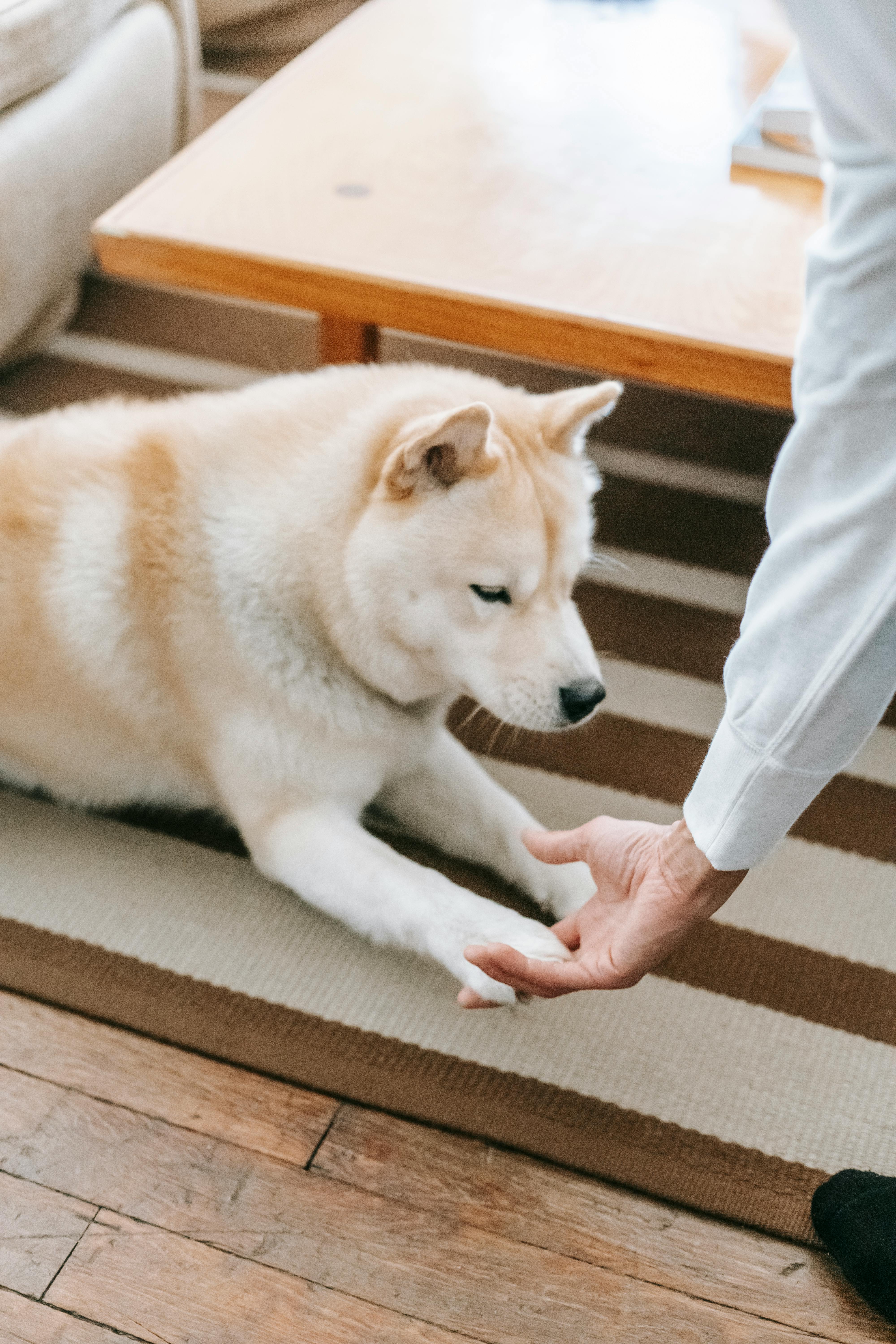Mastering Dog Table Training: Step-by-Step Guide
Dog table training is an essential yet often overlooked component of comprehensive obedience and agility training. With more pet owners seeking effective behavioral solutions, understanding this training method has never been more relevant. In this article, you’ll explore the fundamentals, practical techniques, and advanced applications of dog table training to build stronger communication with your dog.

Understanding the Fundamentals
Dog table training involves teaching your dog to stay on a raised platform, commonly used in agility courses and behavioral programs. This method not only reinforces obedience but also promotes impulse control, patience, and focus.
Historically, the training table originated in competitive dog sports, where handlers needed precise control during routines. Today, it’s widely used in obedience training and rehabilitation programs for behavioral issues, highlighting its versatile benefits.
1.1 Structure and Stability
The first core principle in dog table training is structure. A structured environment sets the foundation for consistent behavior. Dogs thrive with routine, and a training table introduces a predictable framework for commands.
Real-world applications include using the table during grooming or vet visits, making dogs more comfortable and manageable. A common misconception is that the table restricts movement—instead, it channels focus into specific behaviors.
1.2 Timing and Reinforcement
Timing is everything in effective training. Unlike general obedience commands, table training requires instant reinforcement the moment your dog completes the desired action, such as “sit” or “down” on the platform.
This specificity improves learning speed. In contrast to free-ground training, the confined space of the table enhances clarity, ensuring dogs associate commands with immediate results.
Practical Implementation Guide
Now that we’ve established the fundamentals, it’s time to implement dog table training in your daily routine. Whether you’re a first-time pet parent or an experienced handler, following a structured plan leads to optimal results.

2.1 Actionable Steps
- Step 1: Introduce the Table: Start by letting your dog explore the table. Use positive reinforcement like treats or praise when they approach or climb onto it.
- Step 2: Establish Basic Commands: Teach commands such as “place,” “sit,” and “stay” on the table. Repeat regularly, gradually increasing the duration of each command.
- Step 3: Monitor Progress: Set a weekly timeline. Day 1–2: Introduction; Day 3–5: Command association; Day 6–7: Duration and distractions.
2.2 Overcoming Challenges
Common challenges during dog table training include:
- Fear of heights or instability
- Short attention spans
- Resistance to stay in one place
- Lack of engagement with the trainer
- Jumping off prematurely
Solutions involve desensitization, using non-slip surfaces, and keeping training sessions short and positive. If issues persist, consider using a leash for guidance or working in lower-distraction environments. Expert trainers recommend consistent tone, hand signals, and a reward system tailored to your dog’s motivators.
Advanced Applications
Once your dog masters basic commands on the training table, it’s time to introduce more complex routines. These methods are especially useful for agility courses, service dog preparation, or therapy dog programs.

3.1 Focused Agility Drills
One advanced technique is integrating the table into agility sequences. Dogs are trained to pause mid-course on the table, reinforcing control under pressure. Case studies in competitive agility show a 30% increase in focus when this technique is applied correctly.
Performance metrics often include timed pauses, body posture alignment, and response to off-leash cues. These drills not only improve athletic performance but also boost cognitive discipline.
3.2 Service Dog Integration
Table training is a gateway for more complex service tasks like item retrieval or alert responses. The table becomes a training station where behaviors are taught in isolation before being generalized.
Compatibility with other systems—such as clicker training or remote cues—enhances training efficiency. When used properly, table routines accelerate learning and improve task reliability in real-world settings.
Future Outlook
As dog training evolves, digital tools and AI-driven platforms are merging with physical techniques like table training. Innovations include interactive training tables with pressure sensors and mobile monitoring systems.
In the next 3–5 years, we can expect increased use of data-driven feedback in pet training. Dog owners and professionals should stay updated by subscribing to training communities or enrolling in certified programs that incorporate these changes.
Conclusion
To summarize, dog table training offers a structured, focused way to teach obedience and advanced behaviors. Key takeaways include understanding structure and timing, applying consistent techniques, and advancing to agility or service training.
Start integrating table training into your dog’s routine today for better results and a stronger bond. For more resources, consult certified trainers or explore online training libraries tailored to this method.
Frequently Asked Questions
- Q: What is dog table training? It involves training a dog to perform specific commands on a raised platform, improving focus and obedience.
- Q: How do I begin table training my dog? Start by introducing the table slowly, using treats and praise to create positive associations.
- Q: How much time does it take to train a dog using a table? It typically takes 1–3 weeks for basic commands, depending on the dog’s age and temperament.
- Q: Is dog table training expensive? Not necessarily. DIY tables cost around $50–$100; professional programs vary by region and expertise.
- Q: How does table training compare to floor training? Table training offers more control and focus, especially for commands requiring stillness or duration.
- Q: Is table training difficult? It’s relatively easy with consistency and patience. Basic commands can be learned quickly with rewards-based techniques.
- Q: Can table training be used for therapy or service dogs? Yes, it’s commonly used as a foundational method for more complex service-oriented training.
